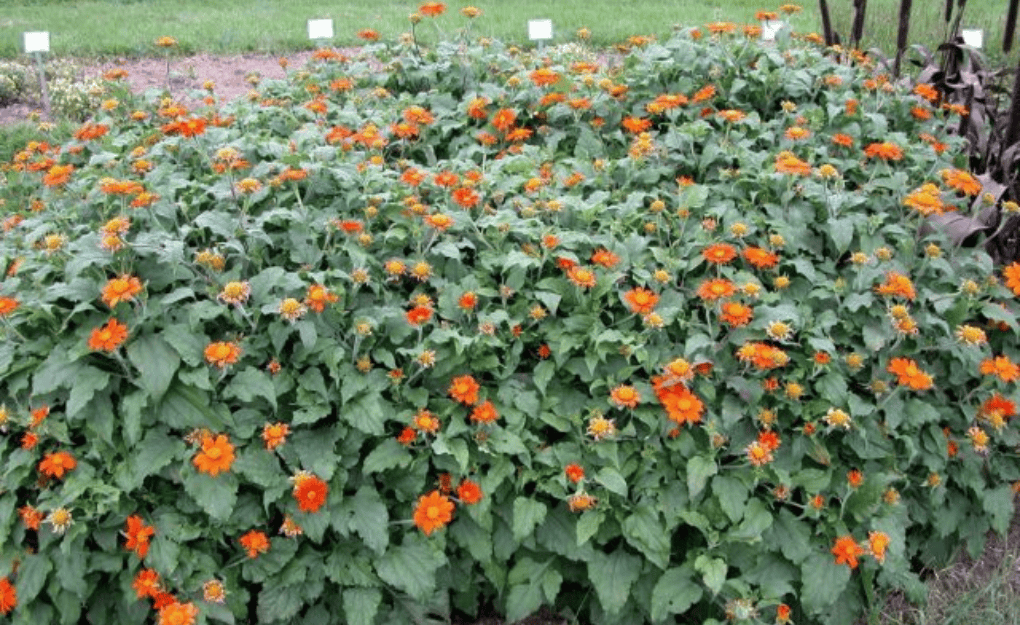Lantana Camara Invasion has emerged as a significant ecological concern in Himachal Pradesh, where this aggressive invasive species now covers over 3,25,000 hectares of forest land. Originally introduced as an ornamental plant, Lantana camara has spread unchecked across vast stretches of the State, choking native biodiversity and threatening ecological balance. Despite continued efforts by the Forest Department to mitigate its spread, experts are calling for a more integrated and accelerated response to this mounting crisis.
Origin and Spread of Lantana in Himachal
Lantana camara, a shrub native to Central and South America, was introduced in India during the early 19th century for its vibrant flowers and decorative appeal. However, what began as an aesthetic addition soon turned into an ecological nightmare. The plant adapted quickly to Indian climatic conditions, particularly in tropical and subtropical regions. In Himachal Pradesh, its spread has been rapid and widespread, with documented invasions in key forest areas such as Dharamshala, Nahan, Chamba, Hamirpur, Bilaspur, Mandi, and Shimla.
According to the India State of Forest Report 2023, the Lantana camara invasion has already infested approximately 3,252.82 sq. km of the State’s forest area. What makes the plant particularly dangerous is its ability to form dense thickets, especially in degraded or open forest lands, making it difficult for native vegetation to survive.
Ecological Consequences
The ecological impact of the Lantana camara invasion is severe. The shrub produces allelopathic chemicals—biologically active compounds that inhibit the germination and growth of other plants around it. This leads to the suppression and eventual elimination of native flora, causing a sharp decline in biodiversity.
Lantana thrives on forest edges and in areas with low canopy cover, where it quickly replaces diverse plant communities with monocultures of its own species. This reduces the habitat quality for herbivores and pollinators, affects soil chemistry, and disturbs the entire food chain. Indigenous trees and understory plants that are essential for maintaining forest health are gradually disappearing under lantana’s relentless spread.
Measures by Forest Department
The Himachal Pradesh Forest Department has undertaken several initiatives to curb the Lantana camara invasion. Since 2009-10, over 51,000 hectares of infested forest land have been cleared using the “cut root stock” method, which involves cutting the plant at its root base to prevent regrowth. In areas where lantana has been removed, native tree species are being reintroduced to help restore natural biodiversity and ecosystem balance.
The department has set an annual target of removing lantana from at least 1,000 hectares. However, given the scale of the problem and the shrub’s aggressive regrowth tendencies, these efforts fall short of what is required to reverse the damage.
Rising Challenges and Expert Recommendations
One of the alarming trends observed is that the Lantana camara invasion is spreading from lower elevations to higher altitudes in the state, putting new areas of native forests at risk. Ecologists argue that this shift requires urgent attention, as high-altitude ecosystems are even more fragile and less capable of resisting invasive species.
Experts recommend that the eradication efforts should prioritise such high-elevation zones to contain further expansion. Furthermore, a coordinated, multi-agency response involving local communities, scientific institutions, industry stakeholders, and NGOs is essential. Public awareness and community participation can amplify these efforts and ensure sustainable outcomes.
Lantana Biomass: A Resource in Disguise?
Interestingly, while Lantana camara invasion poses serious threats, its biomass can be repurposed into valuable resources. The plant’s woody stem can be used to manufacture eco-friendly furniture and handicrafts. It also serves as a source of fuelwood in rural areas. Composting lantana can yield organic manure useful in agriculture, particularly in promoting organic farming.
Pharmaceutical industries have shown interest in alkaloids extracted from lantana, which have potential medicinal applications. Such commercial utilisation of lantana biomass could serve as a dual-purpose strategy: managing its spread while generating income and employment for local communities.
Need for Policy Reform and Preventive Action
Experts strongly advise against the intentional cultivation of Lantana camara in gardens, public parks, or along highways. Preventive measures—such as banning plantation in non-native areas, early detection of new infestations, and rapid response protocols—must form the backbone of government policies.
A comprehensive, time-bound action plan is required at both State and Central levels to address the Lantana camara invasion effectively. This plan must include stakeholder engagement, dedicated funding, scientific innovation, and robust monitoring mechanisms to track progress.




